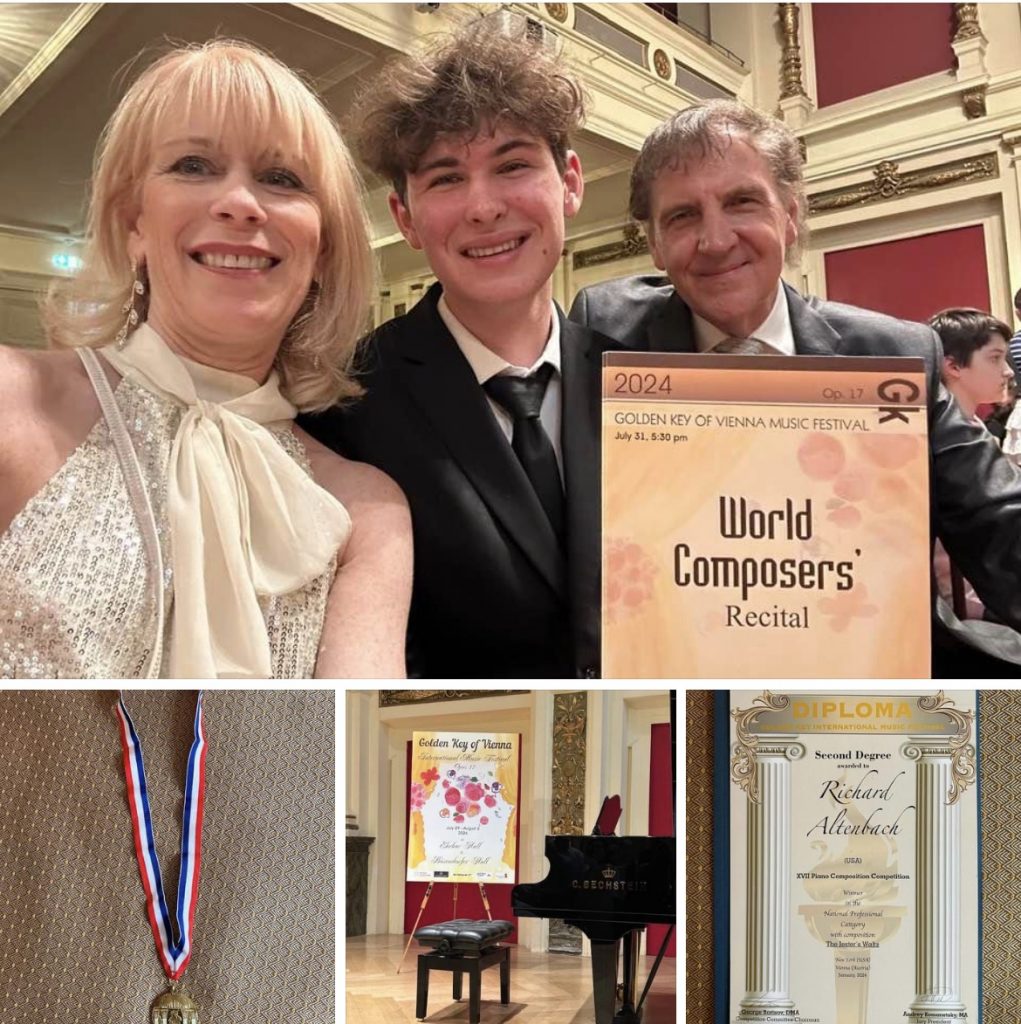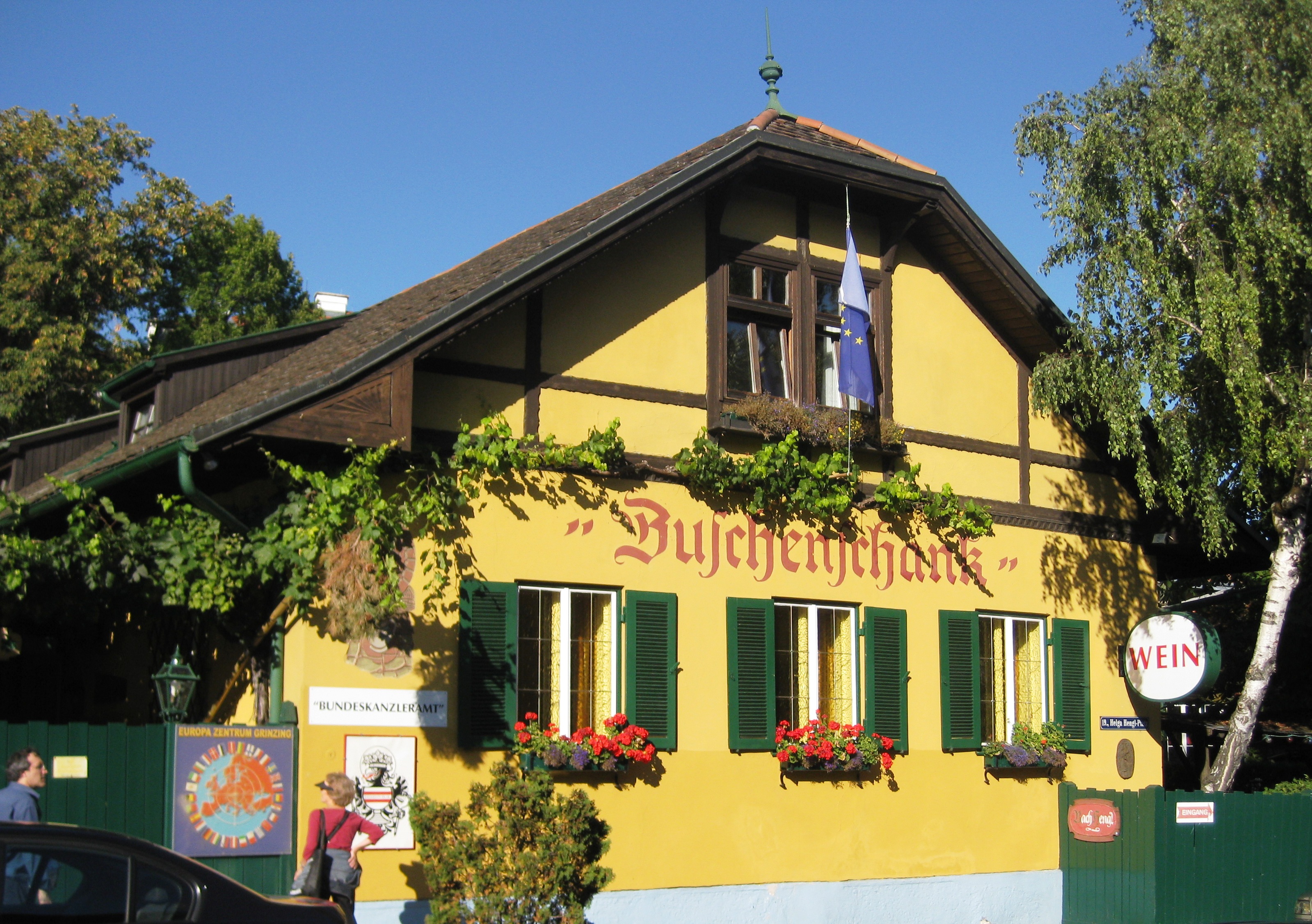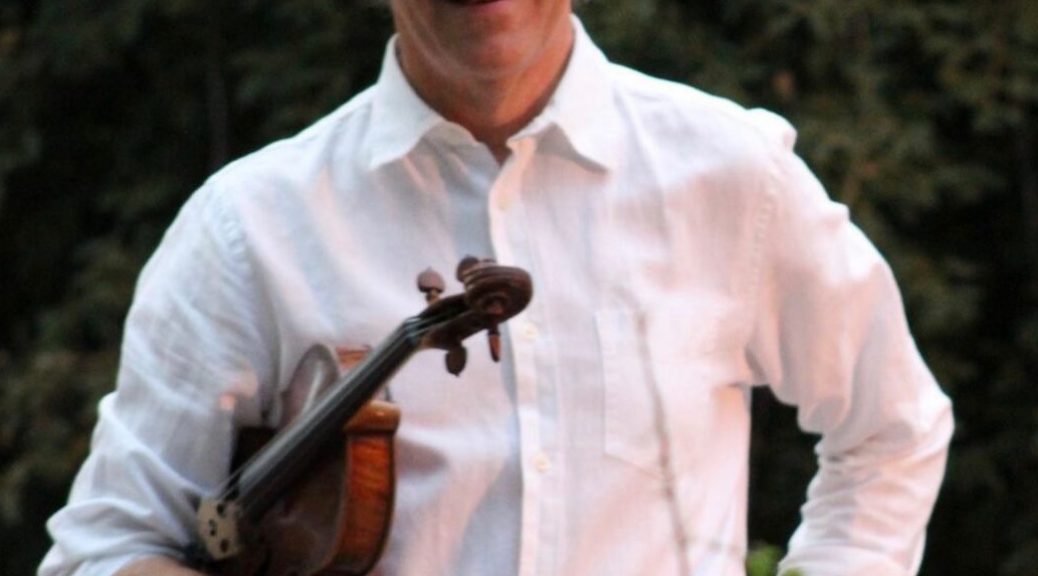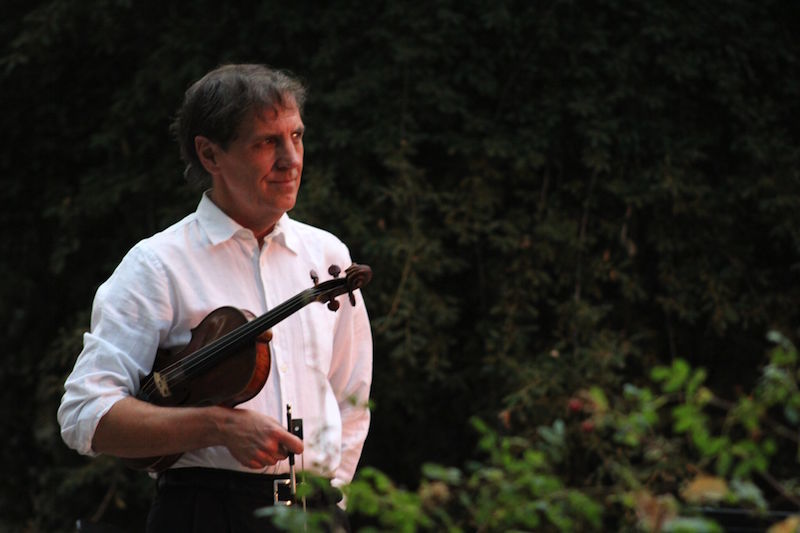Ok, ok… I have been asked by several to post some photos from the piano composition competition this summer in Austria, so here goes! What an extraordinary experience our family had in Vienna last month (August 2024)!

I am grateful to the hosts of the Golden Key International Piano Composition Competition, new friends and colleagues, the extravagantly beautiful and historical Ehrbar Hall with its grand Bechstein piano, and of course, the incomparable city of Vienna, home of the beloved Waltz! Special heartfelt thanks go to Anna Leyerer, my virtuoso pianist who brought the music to life.
For Purchase Options of Solo Piano Sheet Music, please click on the following LINK to J.W.Pepper:
https://www.jwpepper.com/the-Jester’s-Waltz/11519402.item
VIDEO of Anna’s performance:
the Jester’s Waltz composed by Richard Altenbach, ASCAP
Richard’s piano piece, “the Jester’s Waltz”, was awarded the Diploma in the Second Degree in National Professional Category in the Golden Key International Piano Composition Competition. The composition was performed at the World Composers’ Recital at the Golden Key Music Festival in Vienna, on July 31, 2024, where Richard was awarded the Diploma and Winner’s Medal on the stage of Vienna’s historic Ehrbar Hall during the Award Ceremony. This is a recording of the live concert performance.
Performance Notes: Being of Viennese extraction, Richard has always had a soft spot for the beauty and elegance of the waltz. But this is not that! Rather than a reverential bow to Johann Strauss, “the Jester’s Waltz” owes more to the influence of Erik Satie and Cirque du Soleil. A wild and farcical parody of the once-venerable dance form, it’s called the jester’s waltz because the jester dances, and he juggles, and tumbles and fumbles, and sometimes even dabbles into moments of beauty … But, not to worry; he soon gets right back on track!The piece has been described as “playful, hilarious, manic, fiendishly fast”…all of which bodes well to be entrusted to the sleight of hand mastery of a willing virtuoso pianist.






















 Richard teaches
Richard teaches 



